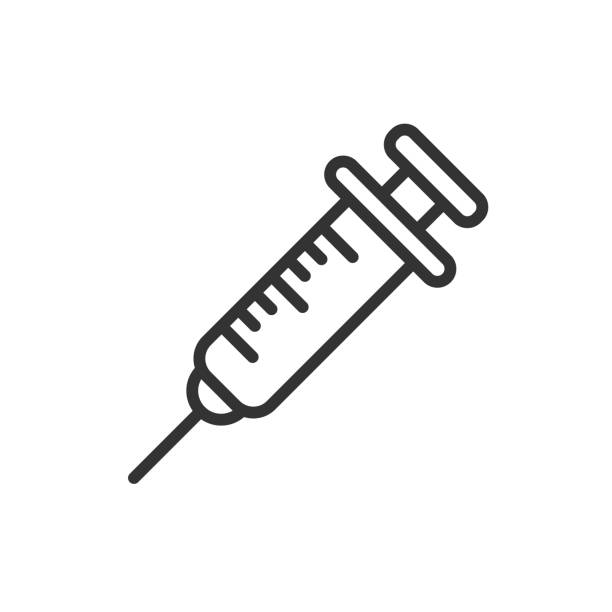Indications
Pralidoxime chloride is indicated as an antidote:
- In the treatment of poisoning due to those pesticides and chemicals (e.g., nerve agents) of the organophosphate class which have anticholinesterase activity and
- In the control of overdosage by anticholinesterase drugs used in the treatment of myasthenia gravis.
The principal indications for the use of Pralidoxime chloride are muscle weakness and respiratory depression. In severe poisoning, respiratory depression may be due to muscle weakness.
Pharmacology
Pralidoxime reactivates cholinesterase outside the CNS that had been inactivated by phosphorylation due to exposure to certain organophosphates by displacing the enzyme from its receptor sites. It removes the phosphoryl group from the active site of the inactivated enzyme by nucleophilic attack, regenerating active cholinesterase and forming an oxime complex. It also detoxifies certain organophosphates by direct chemical reaction.
Dosage And Administration
Intramuscular-
Organophosphorus poisoning:
- Adult: Mild: 600 mg, repeat 1-2 times at 15 min intervals as needed. Severe: 1.8 g given as 3 inj of 600 mg in rapid succession. Persistent: May repeat the entire series (1.8 g) beginning 1 hr after admin of the last inj.
- Child: <40 kg: Mild: 15 mg/kg, repeat as needed every 15 min. Max: 45 mg/kg. Severe: 15 mg/kg, repeat twice in rapid succession to a total dose of 45 mg/kg. Persistent: May repeat the entire series (45 mg/kg) beginning 1 hr after admin of the last inj; ≥40 kg: Same as adult dose.
Intravenous-
Organophosphorus poisoning:
- Adult: In combination with atropine: Loading dose: 1-2 g by infusion over 15-30 min or slow inj over at least 5 min, may repeat dose after 1 hr then 10-12 hrly, as needed. Administer as soon as the effects of atropine are observed. Maintain atropinisation for at least 48 hr.
- Child: ≤16 yr Loading dose: 20-50 mg/kg (max: 2 g/dose) by inj over 15-30 min followed by 10-20 mg/kg/hr as continuous infusion. Alternatively, a repeat bolus of 20-50 mg/kg after 1 hr and repeated 10-12 hrly as needed; >16 yr Same as adult dose.
Poisoning or overdosage with compounds having muscarinic actions:
- Adult: Initially, 1-2 g, followed by 0.5-1 g/hr as infusion. Alternatively, the initial dose may be repeated after 1 hr and then 3-8 hrly as needed.
Contraindications
There are no known absolute contraindications for the use of Pralidoxime Chloride. Relative contraindications include known hypersensitivity to the drug and other situations in which the risk of its use clearly outweighs possible benefit.
Side Effects
Drowsiness, dizziness, visual disturbances, nausea, HTN, tachycardia, headache, hyperventilation, muscle weakness, impaired renal function, elevated liver enzymes, transient increase in creatine phosphokinase, transient neuromuscular blockade; mild to moderate pain at inj site.
Pregnancy And Lactation
Pregnancy Category C. Either studies in animals have revealed adverse effects on the foetus (teratogenic or embryocidal or other) and there are no controlled studies in women or studies in women and animals are not available. Drugs should be given only if the potential benefit justifies the potential risk to the foetus.
Precautions And Warnings
Patient with myasthenia gravis receiving anticholinesterase agents. Not indicated in the treatment of poisoning due to phosphorous, inorganic phosphates, or organophosphates without anticholinesterase activity and carbamate pesticides. Renal impairment. Pregnancy and lactation.
Overdose Effects
Manifestations of Overdosage: Observed in normal subjects only: dizziness, blurred vision, diplopia, headache, impaired accommodation, nausea, slight tachycardia. In therapy it has been difficult to differentiate side effects due to the drug from those due to the effects of the poison.
Therapeutic Class
Antidote preparations.
Storage Conditions
Store between 20-25° C.
